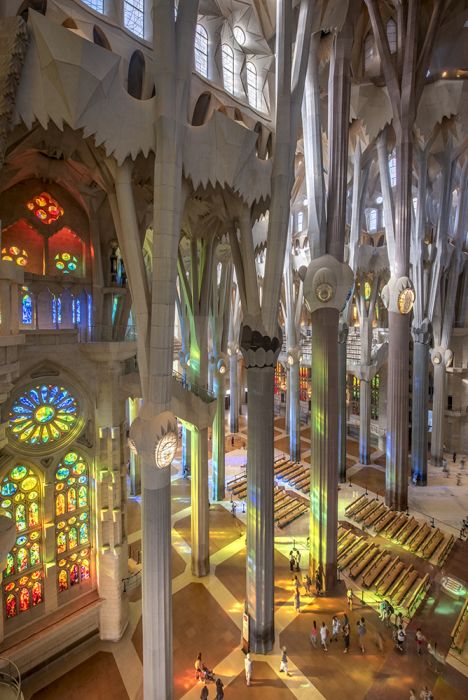





Background
In 2022, ECR Medio Ambiente assumed the responsibility of overseeing the structural monitoring installation at the Basilica of the Sagrada Familia, a task previously managed by another engineering company. The monitoring system, incorporating a diverse array of Campbell Scientific instruments, aimed to ensure the structural integrity of this iconic architectural masterpiece.
The Challenge
The transition presented a major challenge: identifying certain sensors and their wiring. Lacking proper labeling and calibration sheets, this highlighted the critical importance of maintaining a meticulous inventory and classification of installations from the outset.
The Solution
The comprehensive installation included a range of geotechnical instruments such as fissurometers, pressure cells, weather stations, accelerometers, and gas detectors. Collecting data at various frequencies, these instruments played a crucial role in tracking the basilica's structural conditions since 2008. ECR Medio Ambiente leveraged its expertise to integrate and take over the structural monitoring responsibilities. The company implemented a thorough inventory and classification process, ensuring correct sensor identification and labeling, including RAD10, Ethernet adapters (NL121), AVW200, AM16/32, CR800, CR1000, CR1000X, WindSonic, and electrical cabinets/enclosures. Calibration sheets were meticulously maintained.
Benefits and Impact
- Continued Structural Integrity: ECR Medio Ambiente's intervention ensured the continuous monitoring of the Sagrada Familia's structural health, building on the legacy of data collection since 2008.
- Enhanced Data Visualization: The integration of data into ECR Medio Ambiente's server facilitated advanced visualization through their structural auscultation program, providing stakeholders with actionable insights.
- Improved Inventory Management: A systematic approach to labeling and maintaining calibration sheets enhanced the overall efficiency and accuracy of the structural monitoring system.
- Lesson in Installation Best Practices: The challenges faced underscored the importance of proper labeling, documentation, and inventory management during the initial monitoring station installation.
This case study underscores how ECR Medio Ambiente's expertise, in collaboration with Campbell Scientific and coupled with meticulous inventory management, contributed to the seamless transition and optimization of the structural monitoring system at the Basilica of the Sagrada Familia.
Case Study Summary
Location
Barcelona, SpainProducts Used
RAD10 WINDSONIC-L NL121 AM16/32 CR1000X CR800 AVW200 CR1000Participating Organizations
ECR-MedioambienteMeasured Parameters
Structural fissures and cracks, pressure changes, air temperature, wind speed and direction, atmospheric conditions, structural acceleration and vibrations, gas and radiation levelsView the PDF